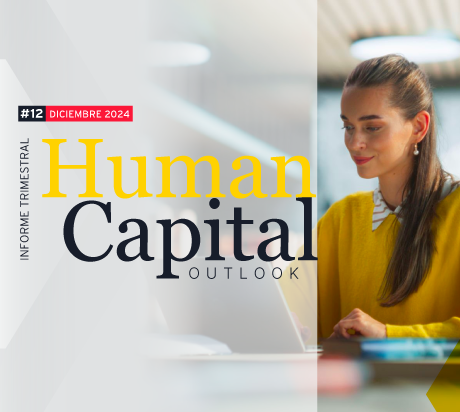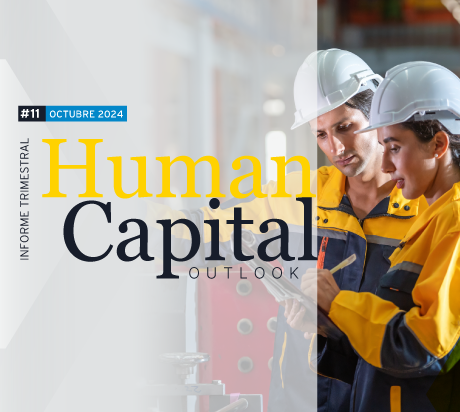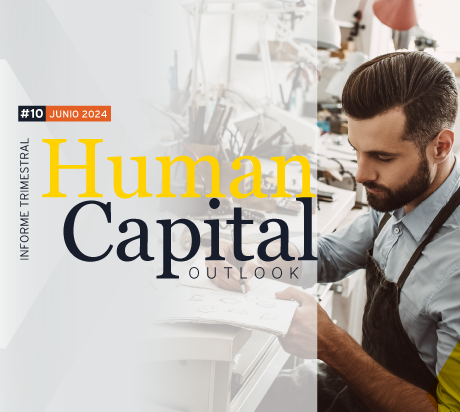The second edition of Human Capital Outlook is published in a complex context, where the labor market faces, in addition to the transformations arising from digitalization and the energy transition, the still incomplete recovery of working hours due to the impact of the pandemic, as well as the uncertain economic consequences of the Russian invasion of Ukraine. Aiming to serve as a reference on labor market evolution, its regulation, and best practices in people management, this edition focuses on three key areas.
Quarterly Labor Market Observatory
This edition’s Observatory focuses on analyzing the evolution of employment, unemployment, economic activity, and working conditions following the latest labor reform. Regarding legislation, the draft bill on occupational pension plans is highlighted, which could impact labor costs. The Human Resources best practices chapter addresses the importance of reskilling and upskilling to enhance efficiency and employability in the current context. Following the labor reform, an increase in permanent hiring and a reduction in temporary contracts—especially fixed-discontinuous contracts—are observed. However, the conversion of temporary contracts into permanent ones does not guarantee an improvement in job quality and may generate uncertainty and additional costs. Legal uncertainty and severance costs related to permanent contracts may affect the creation of new jobs.
Legal and Labor Developments
The second section of Human Capital Outlook addresses the challenges of providing supplementary social protection to retired workers, particularly through occupational pension plans in Spain. Currently, only 10% of the active population is covered, due to barriers such as low wages, lack of tax incentives, and high coverage by the public pension system. The draft bill under consideration aims to promote these plans through sectoral collective bargaining, obliging companies to join the corresponding plans. However, to achieve the goal of covering 80% of the active population by 2050, adequate tax incentives will be necessary. Furthermore, the willingness of workers and their representatives to negotiate the inclusion of this deferred salary in their compensation packages is essential.
Trends in Human Capital
The report on HR best practices focuses on employability in a context of continuous transformation, emphasizing the importance of reskilling and upskilling processes. As demand for STEM profiles increases, HR professionals devote more time to recruiting such talent. Raising awareness about the importance of ongoing training, offering training-related incentives, and creating learning environments are recommended. Additionally, technological tools to identify skills gaps and measure the return on reskilling programs are highlighted. This approach aims to improve workers’ requalification and adapt to the new demands of the labor market.
Quarterly publication prepared by the EY Institute – Sagardoy Talent and Innovation


